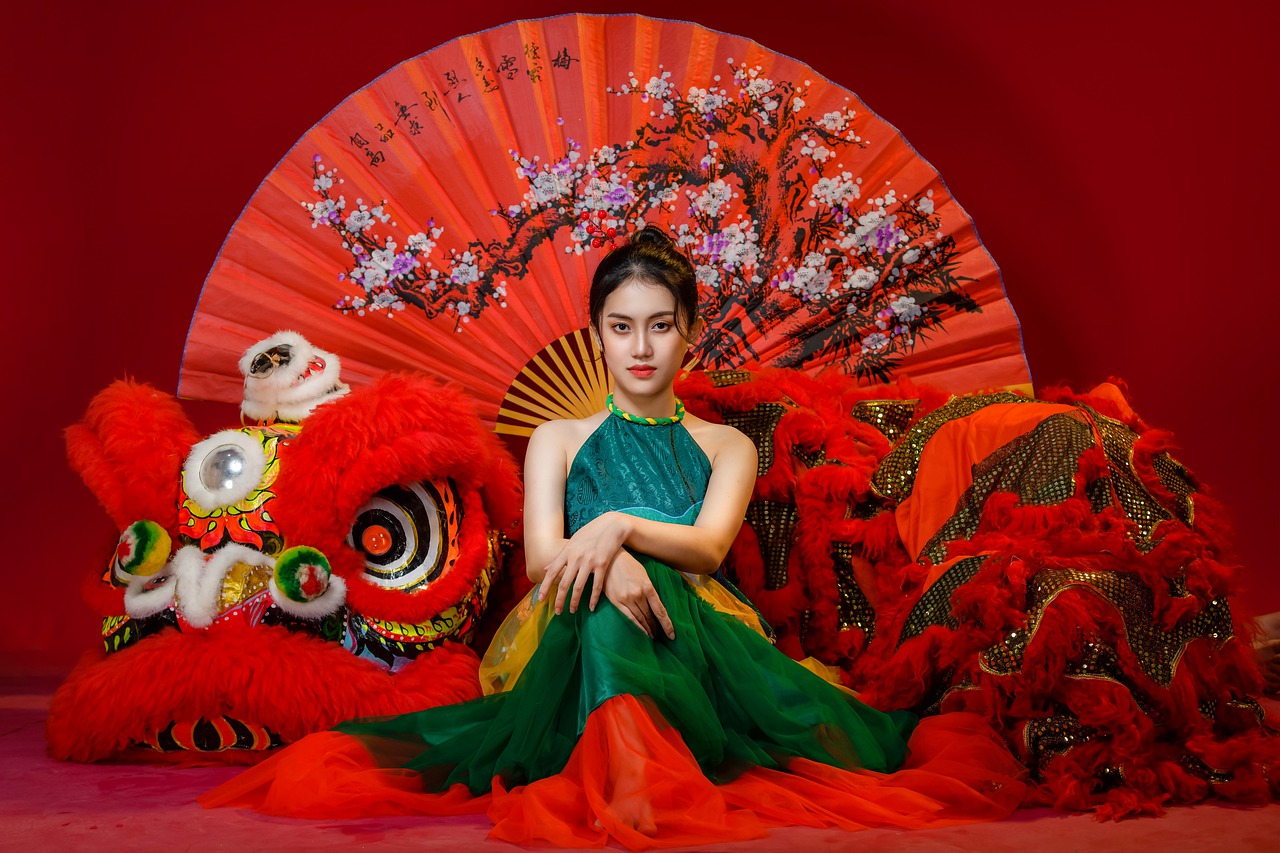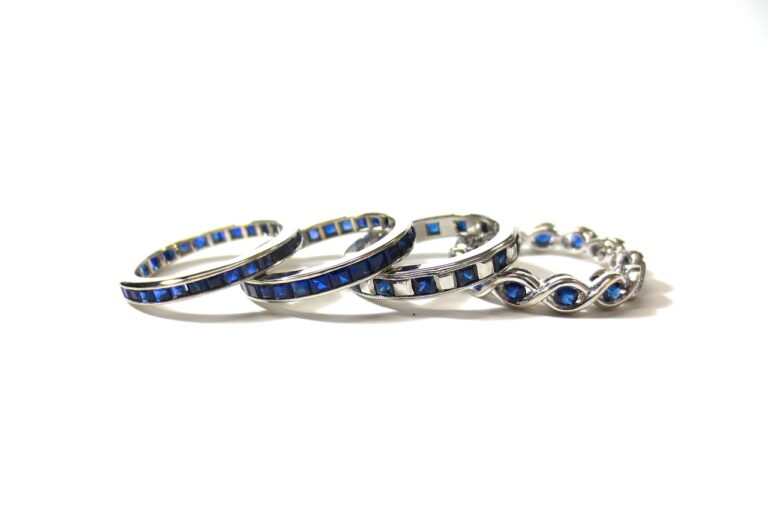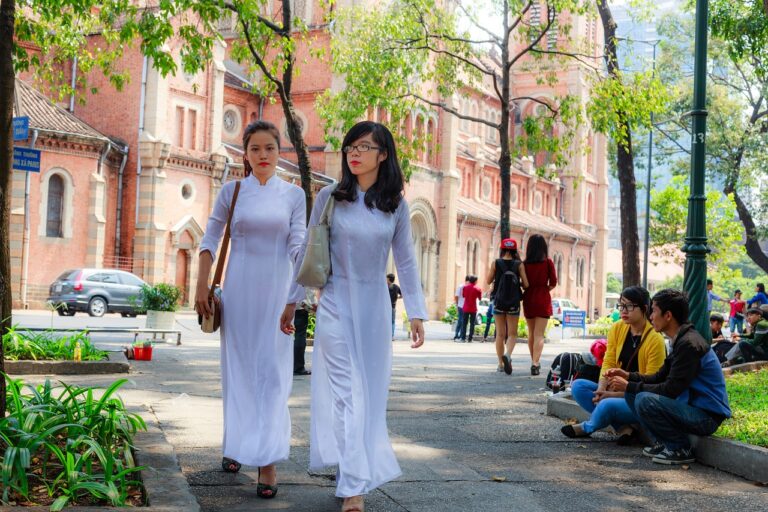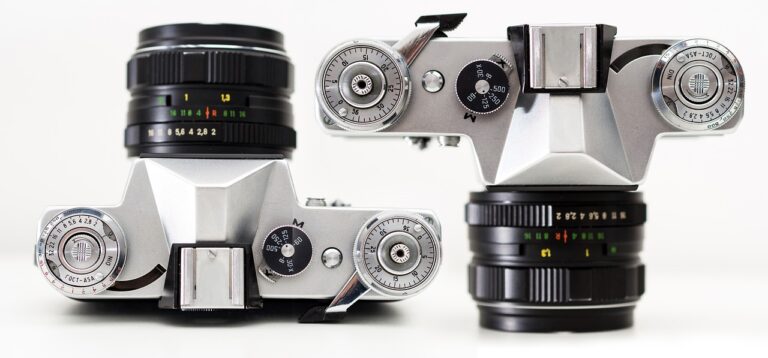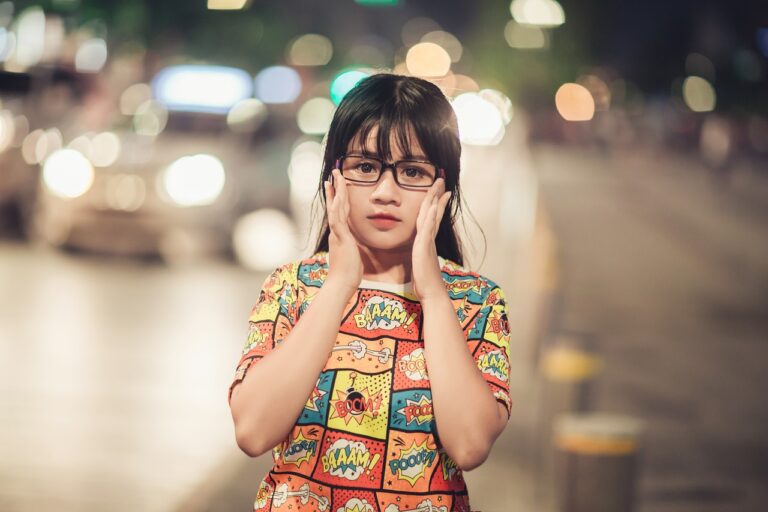The Role of Fashion in Cultural Identity
Fashion serves as a powerful tool for individuals to convey their personalities and beliefs without uttering a single word. Through carefully selecting clothing pieces, accessories, and styling choices, people can express their unique identities and make statements about their values and interests. Whether it’s bold colors, unconventional silhouettes, or vintage pieces, every fashion choice speaks volumes about the wearer’s inner self.
Moreover, fashion allows individuals to experiment with different styles and trends, enabling them to explore various facets of their personalities and express themselves in diverse ways. The ability to mix and match different clothing items, experiment with colors and textures, and play with fashion trends gives individuals the creative freedom to craft their own unique identities and stand out in a crowd. Fashion provides a canvas through which people can showcase their individuality and creativity, allowing them to express themselves authentically and confidently.
The influence of historical events on fashion trends
Fashion trends are intricately intertwined with historical events, reflecting the society’s response to the world around them. For instance, the Roaring Twenties saw the emergence of flapper dresses and drop-waist silhouettes as a rebellious response to the conservative values of the time. The economic prosperity and political changes of the era influenced fashion towards more liberating and daring styles.
Similarly, World War II brought about practical and utilitarian designs due to rationing and the need for durable clothing. Fashion evolved to accommodate the lifestyle changes brought about by the war, with women taking on more active roles in the workforce and needing workwear that was both functional and chic. This shift in fashion trends during wartime showcases how historical events can directly impact the way people dress and express themselves through clothing.
How fashion reflects societal norms and values
Fashion serves as a tangible manifestation of societal norms and values, acting as a mirror reflecting the prevalent beliefs and attitudes of a given time period. Through clothing choices, individuals convey their adherence to or divergence from established societal norms. For instance, during eras marked by political turmoil or social movements, fashion often becomes a platform for individuals to express solidarity with certain ideologies or to challenge existing norms through sartorial choices.
Furthermore, fashion has the power to perpetuate societal values by promoting certain aesthetics and standards of beauty. The representations of body ideals and beauty standards in fashion can greatly influence how individuals perceive themselves and others within society. In this way, fashion not only mirrors existing societal norms but also has the potential to shape and redefine them, making it a dynamic and influential force in the realm of culture and values.
• Fashion serves as a tangible manifestation of societal norms and values
• Clothing choices reflect adherence to or divergence from established societal norms
• Fashion becomes a platform for expressing solidarity with ideologies or challenging existing norms
• Fashion perpetuates societal values by promoting certain aesthetics and beauty standards
• Representations of body ideals in fashion influence self-perception and perceptions of others
How does fashion serve as a form of self-expression?
Fashion allows individuals to showcase their personality, beliefs, and interests through their clothing choices. It can be a visual representation of who they are and what they stand for.
How have historical events influenced fashion trends?
Historical events such as wars, economic downturns, and cultural movements have had a significant impact on fashion trends. For example, the 1920s flapper style emerged as a response to women’s changing roles during the post-World War I era.
In what ways does fashion reflect societal norms and values?
Fashion reflects societal norms and values by mirroring the attitudes, beliefs, and preferences of a particular time period or culture. For example, modest clothing styles may be favored in more conservative societies, while bold and avant-garde designs may be celebrated in more progressive communities.

